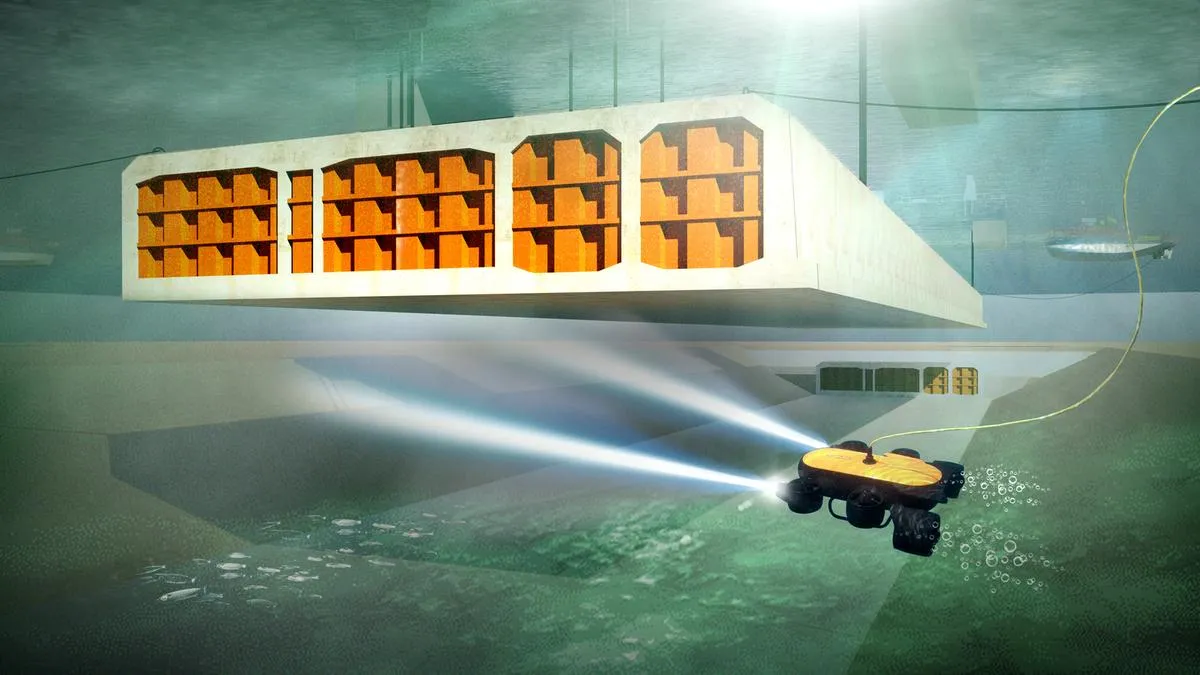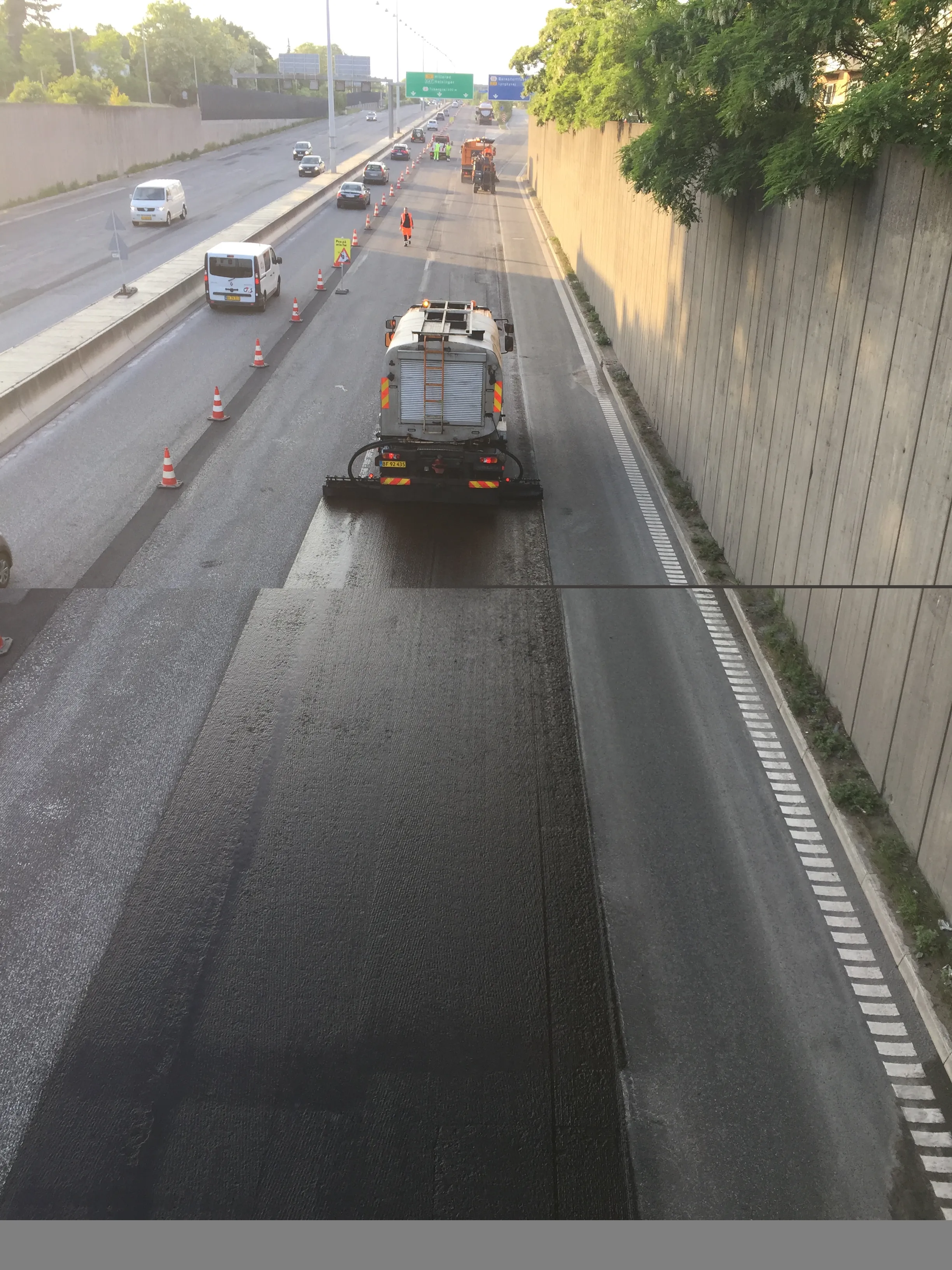The €549 million bridge is scheduled to open for road traffic in 2022 and for rail traffic in 2023. The project budget includes the cost for demolition of the existing bridge that opened in 1937.
The 24m-wide single-support cable-stayed structure will connect the islands of Zealand to Falster and touch down on the smaller Masnedø Island.
Earlier this year the
Danish civil engineering and infrastructure group Cowi was appointed as main design consultant in September 2016. Civil engineering and architectural firm Dissing+Weitling worked closely with Hasløv & Kjærsgaard, another Danish architecture studio, on design options.
The design is that of a “robust and simple structure” but which also appears “elegant and simple for those crossing or viewing the bridge”, according to Dissing+Weitling, the architectural firm involved in the project. The pier’s geometrical form complements the other bridges in the region, which include the Øresund Fixed Link, the Great Belt Link and the Farø Bridge.
Denmark: construction of Storstrøm Bridge officially gets underway
Denmark’s Minister of Transport Ole Birk Olesen has turned the sod to officially start construction of the new 4km road and rail Storstrøm Bridge.
The €549 million bridge is scheduled to open for road traffic in 2022 and for rail traffic in 2023. The project budget includes the cost for demolition of the existing bridge that opened in 1937.
The 24m-wide single-support cable-stayed structure will connect the islands of Zealand to Falster and touch down on the smaller Masnedø Island.
September 27, 2018
Read time: 2 mins
Denmark’s Minister of Transport Ole Birk Olesen has turned the sod to officially start construction of the new 4km road and rail Storstrøm Bridge.







